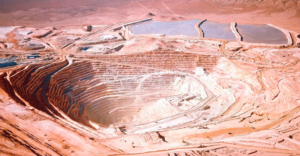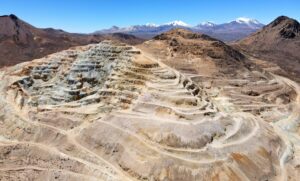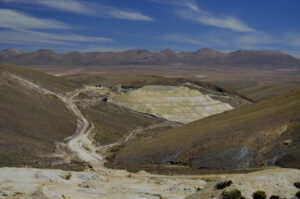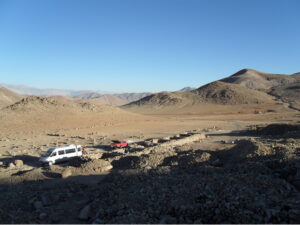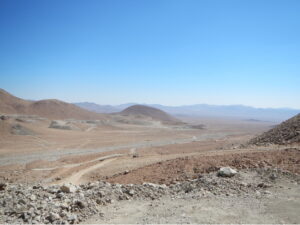
- Mexico | 26 April 2016
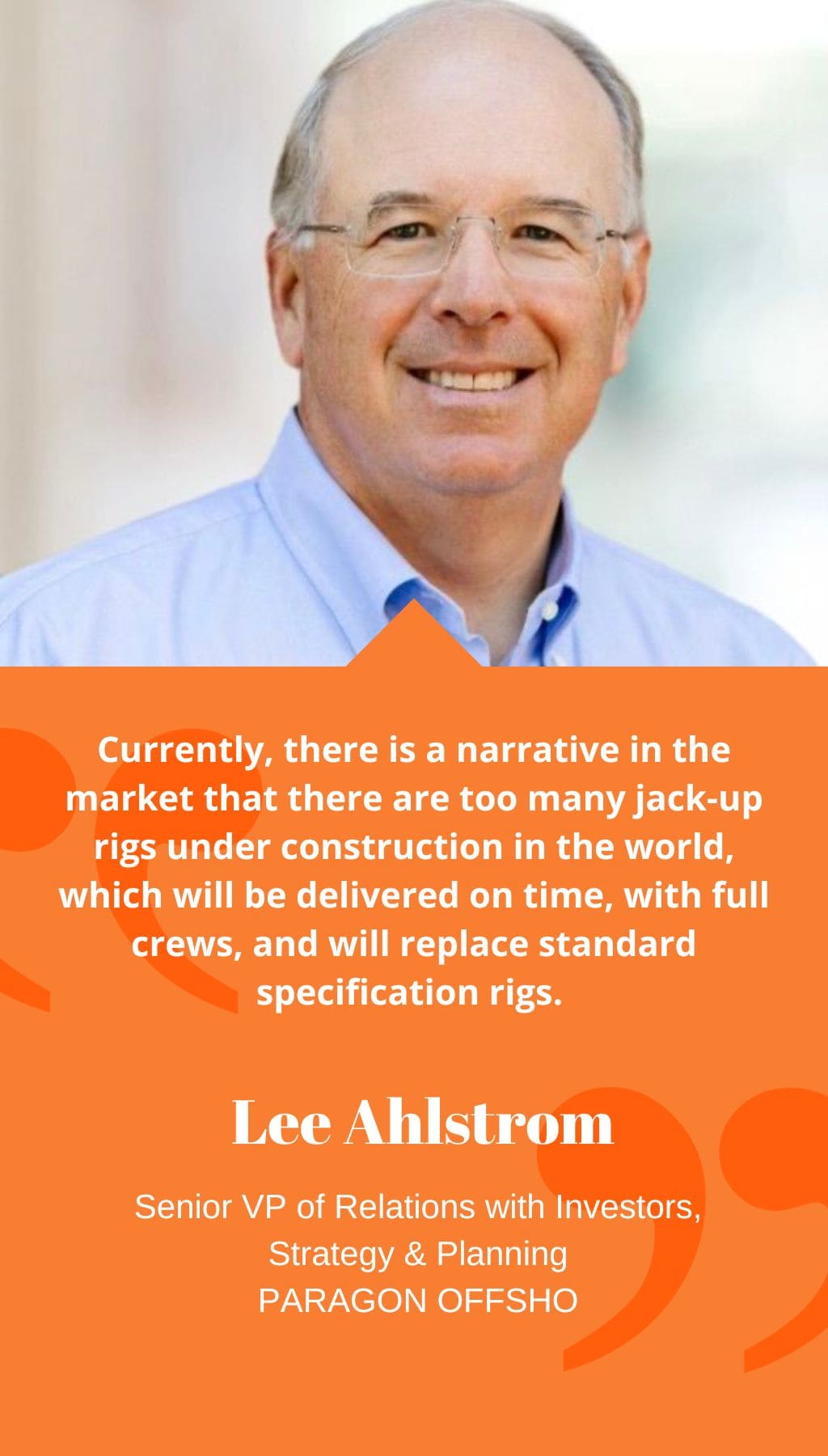
Paragon Offshore was created as a spin-off from Noble Corporation. What is the company’s positioning?
Following the spin-off, Paragon Offshore operates a fleet of standard specification offshore drilling rigs. The high-specification assets, which were built in the last five to seven years, remained under Noble’s structure. The spin-off was made with the idea of creating value. While there were investors in Noble who did not give enough value to the older assets, there were also other investors who preferred the standard specification business and its cash flow stability.
What is the size of your fleet, and how many assets are in Mexico?
Paragon has 33 jack-up rigs in Mexico, the North Sea, West Africa, the Middle East, India, and Malaysia. We have six floating rigs, four of which are in Brazil, one in the North Sea, and one in India. Paragon has been working in Mexico for over 15 years, and Mexico is actually our most important country for jack-up rigs. We have 10 of these rigs working for Pemex, and one more will soon be added in a new contract. This will bring us to a total of 11 rigs working for Pemex, mostly in Cantarell and KMZ, making us the largest provider of jack-up rigs to the company. Mexico is very important to Paragon Offshore.
What competitive advantages have allowed you to rise to that position within Pemex?
Paragon has been able to consistently provide reliable, safe, and low-cost operations to Pemex. That is our biggest advantage. We have sought to build a significant presence in the country to take advantage of economies of scale. That is also an advantage in competitive bidding with Pemex because we do not have to bring rigs from outside the country. Paragon is also comfortable, from a risk perspective, with Pemex’s 30-day cancellation clause in contracts, which has prevented other contractors from entering the country.
How will the model for Pemex’s drilling rig contracts evolve?
Pemex wants more new rigs. Currently, there are about 46 rigs operating, and six more will enter. The total is evenly divided between old and new rigs. Rates for new rigs range from $150,000 to $160,000 per day, while our rigs are contracted at an average of $100,000 per day to do practically the same work. A lot of efficiency is needed to justify a difference of $50,000 or $60,000 in the daily rate. Replacing all old rigs in Mexico with new rigs would cost Pemex about $350 million annually in capital investment. Paragon can clearly demonstrate that standard specification rigs have their space in Mexico.
How much value can continue to be generated for shareholders after the spin-off?
Value can continue to be created. Currently, there is a narrative in the market that there are too many jack-up rigs under construction in the world, which will be delivered on time, with full crews, and will replace standard specification rigs. If we believed this narrative, we would not have started Paragon. There are many reasons to believe that a good portion of that supply will not be delivered on time, or even delivered at all. There are also many customers who are focused on achieving a reliable and low-cost provider, not having the latest rig model.
Do you think the energy reform will open up opportunities in shallow waters?
There are many possibilities for additional exploration and production, especially on the east coast, below Brownsville, where there is not as much infrastructure and where international companies will need more jack-up rigs. That could be an opportunity to expand our customer portfolio.








